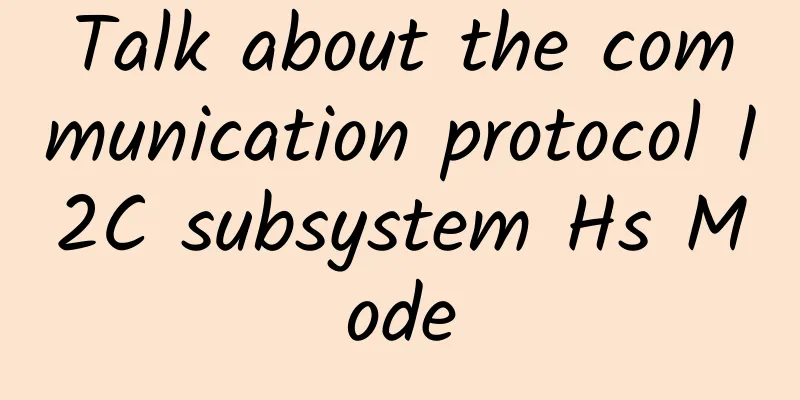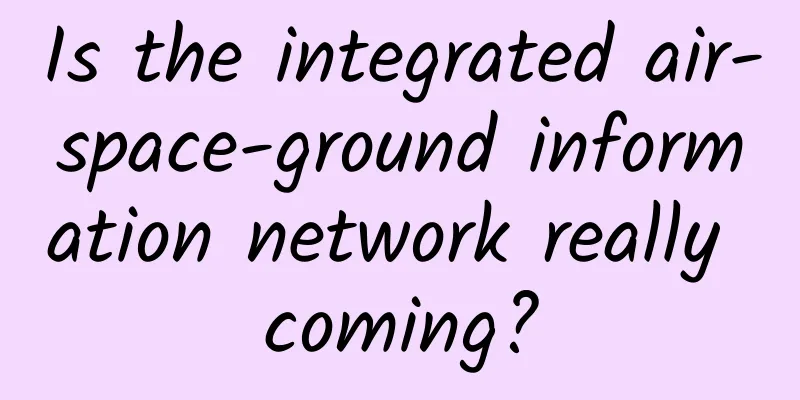Talk about the communication protocol I2C subsystem Hs Mode

1. I2C Hs-modeWhy is HS mode explained separately? Because high speed mode is very different from other modes.
Physical I2C bus configuration for systems with only Hs-mode devices. The (optional) series resistor Rs protects the I/O of the I2C bus device from high voltage spikes on the bus and minimizes ringing and interference. The two devices in the lower right corner are not only slave devices, but also master devices. There is an MCS current source during this period. If there are many devices on the bus, the bus capacitance will be large. Pulling up the bus voltage is equivalent to charging the capacitor, which takes time, which will cause the waveform to rise too slowly, so adding a current source can make the rising edge very fast. 1.data transfer format in Hs-mode(1) START condition (S) (2) 8-bit master code (0000 1XXX) (3)Not-acknowledge bit (A) 2. Enable current source pull-up circuit in Hs mode3. After the next repeated start condition, it is still in Hs-modeAs can be seen from the figure above, a Master code is sent in fast mode (FS mode), and then it switches to high-speed mode (HS mode) and sends the slave device address. In the first stage, FS mode, the master device's code is sent and arbitration is performed. Therefore, there is no clock synchronization and arbitration in the high-speed mode stage. The figure above is a schematic diagram of the complete communication waveform. First, send the host address in fast mode, and no slave response is required. Then switch to high-speed mode, send a reSTART, and then send the operation you want, read or write. |
<<: Why do we need RPC when we have HTTP?
>>: Why is it necessary to change the RAN architecture?
Recommend
Spinservers promotion: 256GB memory high-end server 10Gbps bandwidth $199/month, San Jose China Telecom network $179/month
spinservers sent a new promotional information. A...
Is China going to build its own Internet root server?
[[269137]] On June 26, an article titled "Th...
Juniper Networks helps you achieve win-win in the era of enterprise multi-cloud
[Original article from 51CTO.com] Cloud computing...
Free VPS, Free VPS Merchants with $50-100, Free Trial VPS
The tribe mainly shares cheap VPS hosts. Although...
SSL/TLS protocol for secure Internet of Vehicles communications
Preface As car travel becomes increasingly intell...
Huawei's first Intelligent Computing Conference was held in Beijing. Huawei released a new intelligent computing strategy to meet the 100 billion market
[51CTO.com original article] On December 21, 2018...
Ministry of Industry and Information Technology: Improve 5G service quality and strictly adhere to four marketing red lines
[[380517]] On February 3, the Ministry of Industr...
The total number of mobile users of the three major operators reached 1.59 billion, and the proportion of 4G users declined
According to the latest data released by the Mini...
Linux TCP/IP protocol stack, data sending and receiving process, TCP protocol characteristics
It is no exaggeration to say that today's Int...
Protocol-Oriented Programming and Cocoa (Part 2)
[[403619]] This article is a summary of the autho...
Wired vs Wi-Fi: Which is Best?
The term Ethernet refers to a wired connection th...
Top 9 bandwidth monitoring tools for enterprise networks
【51CTO.com Quick Translation】Bandwidth usage is o...
HPE Aruba Networking Launches Next-Generation Wi-Fi 7 Access Points to Help Enterprises Address Security, AI and IoT Challenges
HOUSTON - April 23, 2024 - Hewlett Packard Enterp...
In the 5G era, how to innovate network construction models?
The full opening of the 5G commercial era and the...
Five factors to consider for dedicated 5G in smart warehousing
Following the recent release of a white paper by ...









